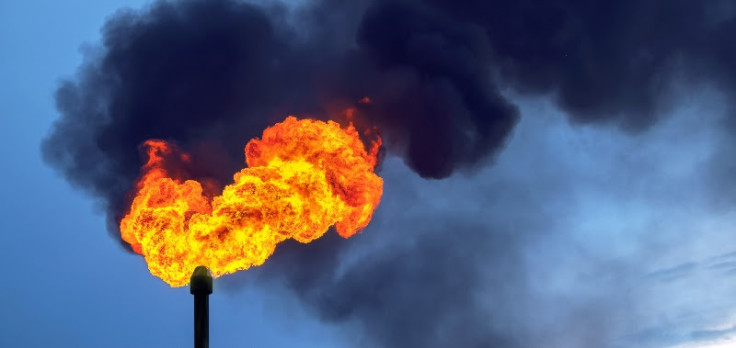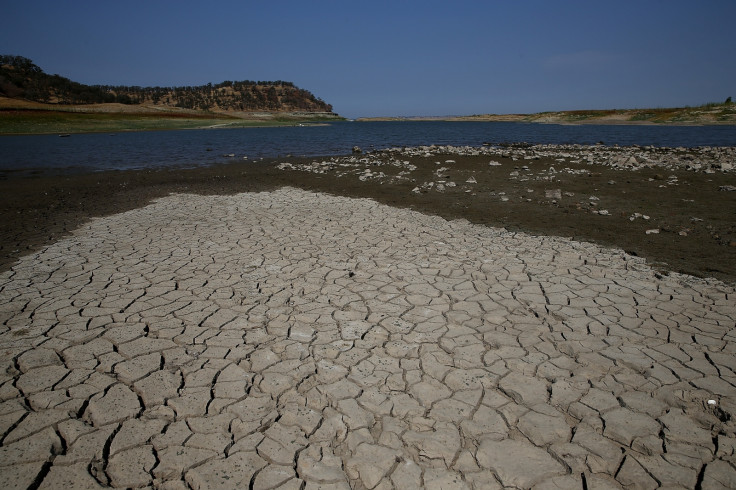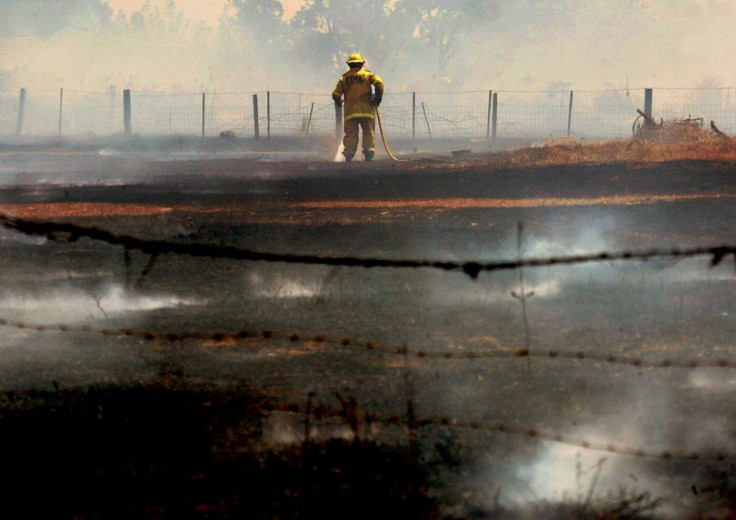Global warming 'hiatus' ending say scientists: 'That argument is now dead'

The global warming 'hiatus' of recent decades is coming to an end and will reverse in as little as 20 years, a study has found.
Published in the journal Science, researchers found the hiatus in global warming witnessed since the late 1990s is at least in part a result of natural changes to the climate and does not signal a slowdown in human-induced warming.
The scientists looked at a combination of real-world observational data together with climate model simulations to understand how internal variability contributes to global warming.
Analysis showed interactions between oscillations in sea surface temperatures – the Pacific Decadal Oscillation and the Atlantic Multidecadal Oscillation – are the likely cause, with a negative trend in the Pacific acting as the driving force behind the hiatus.
Patterns also indicate that this slowdown is coming to an end, and that we will probably see a reversal over the next few decades. When this happens, global warming will increase.
Study author Byron A. Steinman told IBTimes UK that they do not know exactly when this reversal is going to take place, but that the likelihood is that it will soon: "Our results simply suggest that given that trend the negative trend in internal variability exhibited in the Pacific Ocean since the late 1990s, we would expect that trend to reverse in the coming decades."
There are two components to Earth's temperature history; those caused by external forces, including volcanic eruptions, changes in the strength of the sun and greenhouse gas emissions, and internal climate fluctuations that take place over multiple decade-long timescales. The circulation and distribution of heat and energy through the climate system belongs to the latter.
Explaining their work, Steinman said: "The basic idea is that we estimated the external forcing component by averaging together all of the CMIP5 model simulations, which cancelled out the natural (internal) oscillations. And we subtracted the resulting forced component from the actual historical record and what that shows is that there's a negative trend in the internal variability of the Pacific Ocean starting approximately in the late 1990s that's largely responsible for the slowdown in warming.

"It's pretty clear that internal variability has offset global warming to some extent, particularly the negative trend in internal variability in the Pacific Ocean. That's really what's driving this."
What will happen when the reversal starts is not known, he said, but added: "What we will definitely see is warmer temperatures, but beyond that, there are a variety of ways that the climate could respond to what's effectively an increase in radiative forcing resulting from increasing greenhouse gas concentrations from fossil fuel combustion.
"You have to distribute that energy throughout the climate system and that could result in a variety of responses – an increase in air temperature is one of the most obvious things that will happen, another is an increase in ocean surface temperature, storage of heat and warming in deeper oceans and that appears to be what is happening now. Other effects are melting of ice and rising of sea level."
Michael Mann, Distinguished Professor of Meteorology, Penn State, who was also involved in the study, said it has been recognised for some time that the global warming hiatus was only ever temporary because the planet must continue to warm as we increase the concentration of greenhouse gasses: "That's simple physics", he told IBTimes UK.
"I think it' safe to say most scientists in this field understand it is a temporary phenomenon."
He said that while they were not overly surprised at their findings, they were not expecting to find the Pacific played such a dominant role. However, he said they are fairly sure the extreme down-trend behaviour seen in the Pacific will turn around.

"The Pacific internal variability is unlikely to be offsetting global warming to the extent that it has over the last decade or two in the decades ahead and indeed to the extent that the pattern flips. It will be adding to global warming presumably in the decades ahead," he said.
Mann said the problem with the recent slowdown in warming is that it has allowed for a false sense of complacency when it comes to discussion and policies about climate change. Their findings, he said, has now put an end to the argument that the hiatus throws doubt on the reality of man-made global warming through the burning of fossil fuels.
"It may indeed be the case that the internal variability lulled some into a false sense of complacency – this notion that global warming has slowed down, when in fact the irony is that we might see the exact opposite," he said.
"[The slowdown] lulled at least some scientists and policymakers into believing that global warming is somehow less of a problem, when in fact this was just a temporary effect. It would be unfortunate if this fleeting effect influenced policy in a way that has made us less proactive in doing something about the underlying problem, which is escalating greenhouse gas concentrations.
"I think there is an increasing recognition that this does not change our fundamental understanding of climate change, and to those who think it has, or those who are less concerned about human caused climate change, well this is just another nail in the coffin to that way of thinking – maybe the final nail in the coffin, who knows. But I think that argument is now dead.

"In the decades ahead the globe could well warm faster than the models predict because we see the flip side of that oscillation. We are at the turning point."
Speaking about what he effects he expects to see when the reversal takes place, Mann said there may be more El Nino conditions – more frequent Atlantic hurricanes, worse drought in many regions and wetter conditions in others.
In California, which is currently in the grips of one of the worst droughts in its history, the change may lead to some alleviation. However, he warned: "Let me be clear, there's very likely some components of that drought that are human caused climate change and that will continue to get worse – temperatures will continue to rise over time, soils will evaporate more moisture, but this could be an offsetting effect at least temporarily if the pattern flips."
In terms of what is next, Mann said greater work needs to be done to look at how different forces affect warming, including solar and volcanic influences.
He said: "We know that it is important to distinguish between human-caused and natural climate variability so we can assess the impact of human-caused climate change on a variety of phenomena including drought and weather extremes. The North Atlantic and North Pacific oceans appear to be drivers of substantial natural, internal climate variability on timescales of decades."
© Copyright IBTimes 2025. All rights reserved.






















